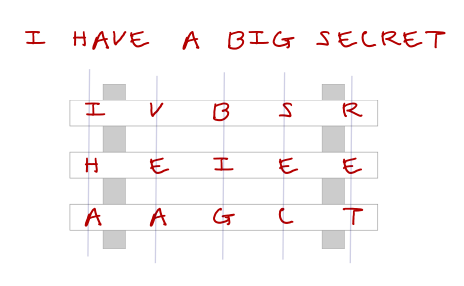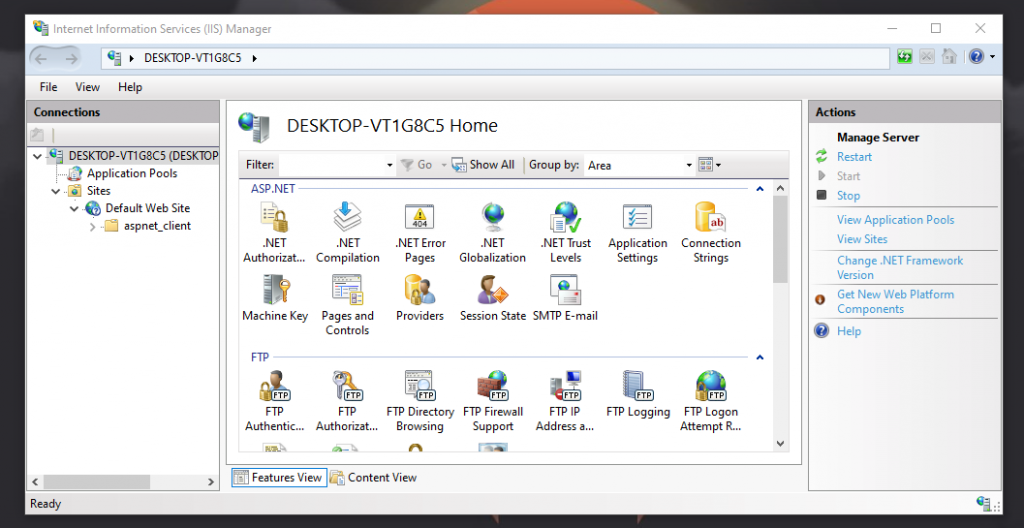

#How to encode a message series#
Images: Fudan University/IEEEĪfter the secret is laid out in a series of 2D points around the spirals, the continuous lines of the fingerprint are synthetically created. “These points represent the secrets and mimic the ridge endings and bifurcations of the fingerprint to be constructed,” explains Sheng Li, an author of the study.Ī secret message can be translated into a mathematical equation, and then encoded into a series of directional 2D points plotted out in the swirls of a fingerprint. Within these features of the constructed fingerprint, the secret message can be mapped out in a series of 2D points with different polarities. The message could be something like the URL to this article, or “Let’s meet tmr 10AM, same place.”Ĭertain features of fingerprints-such as ridges and bifurcation patterns-can then be used to encode the message, thanks to their directionality. The technique involves first encoding the desired message into a mathematical equation called a polynomial. Their research was published last week in IEEE Transactions on Image Processing. Researchers at Fudan University have developed a sophisticated way to construct digital fingerprints that encode secret messages into these spiral points. Take a look at your fingers and note the continuous lines that occasionally swirl into a spiral. But what if there’s another way to use fingerprints-one that could even help a criminal achieve their ill-intentioned goals? In an interesting twist, researchers in China have described a way to use fingerprints to encode secret messages. Some examples of control characters include backspace, carriage return, line feed, vertical tab, horizontal tab etc.Analyzing fingerprints found at the scene of the crime is a classic way to identify a criminal who has accidentally left behind his or her unique signature. These characters are unprintable and cannot be placed directly inside any URL without encoding. URL Encoding character classificationįollowing is the classification of different types of characters that cannot be placed directly inside URLs -ĪSCII control characters: Characters in the range 0-31 and 127 in the ASCII character set are control characters. We then precede the hex value with percent sign, which gives us the final URL encoded value %40. The ASCII value of in decimal is 64 which when converted to hexadecimal comes out to be 40.
#How to encode a message how to#
Percent Encoded = "%" HEXDIG HEXDIGįor instance, Let's understand how to URL encode the character To encode we first convert it into a sequence of bytes using its ASCII value. The percent sign is used as an escape character that's why we also refer to URL encoding as Percent encoding. Then each byte is represented by two hexadecimal digits preceded by a percent sign (%) - (e.g. URL Encoding works like this - It first converts the character to one or more bytes. It is also used in preparing data for submitting HTML forms with content-type application/x-www-form-urlencoded. URL encoding, also known as percent encoding, is a way to encode or escape reserved, unprintable, or non-ASCII characters in URLs to a safe and secure format that can be transmitted over the internet. Alphabets / Digits / "-" / "_" / "~" / "."Īny other character apart from the above list must be encoded.

URLs in the world wide web can only contain ASCII alphanumeric characters and some other safe characters like hyphen ( -), underscore ( _), tilde ( ~), and dot (. What is URL encoding or Percent Encoding?

The world wide web consortium recommends that UTF-8 should be used for encoding.Īpart from the tool, our website also contains various articles about how to encode URLs in different programming languages. Note that, our tool uses UTF-8 encoding scheme for encoding URLs. Once the URL is encoded, you can click in the output text area to copy the encoded URL. You just need to type or paste a string in the input text area, the tool will automatically convert your string to URL encoded format in real time. URL Encoder is a simple and easy to use online tool for encoding URLs.


 0 kommentar(er)
0 kommentar(er)
